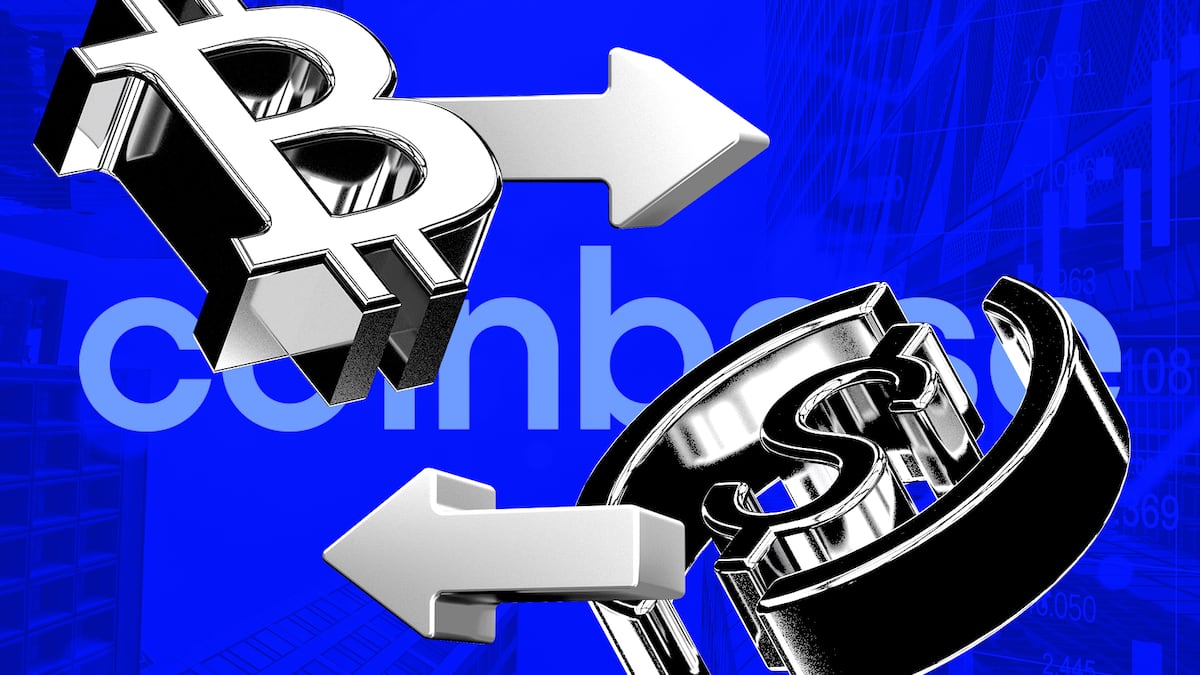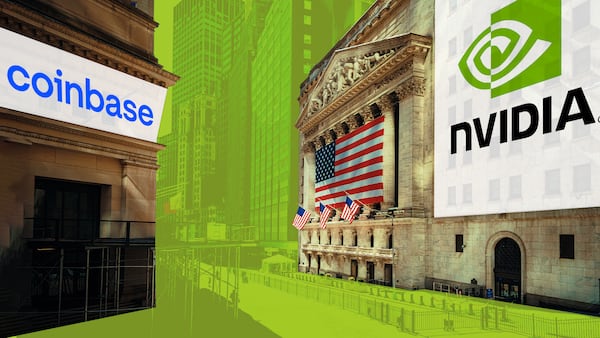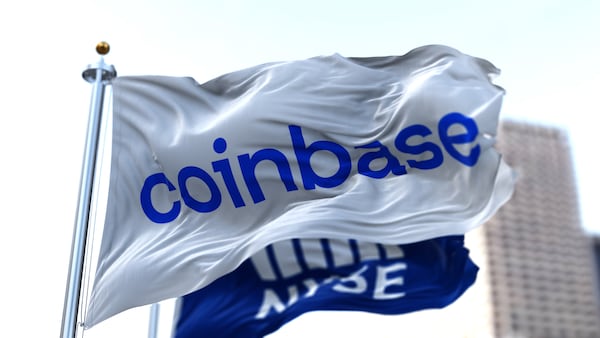- Coinbase is bringing back Bitcoin loans for US users.
- DeFi lender Morpho will facilitate the loans behind the scenes.
- Coinbase axed its previous crypto-backed loans programme in 2023.
Coinbase users can once again borrow against their Bitcoin directly through the exchange.
The new crypto-backed loans are available to US customers, excluding New York state, and will be made available in additional jurisdictions over time.
Crypto lending has a stormy history, however.
Over the crypto winter of 2022, several multi-billion dollar crypto lending firms including Celsius, Genesis, and BlockFi went bankrupt, resulting in billions in losses and turning both users and investors away from the idea.
Coinbase says its new crypto-backed loans are different from previous offerings.
The exchange itself isn’t facilitating the loans — it’s just the middleman. The operation is instead powered by Morpho, a DeFi lending protocol with $3.7 billion in deposits.
Paul Frambot, CEO and co-founder of Morpho, told DL News his app’s customisability makes it a good choice for Coinbase’s crypto-backed loans.
”Morpho empowers companies like Coinbase to maintain full control over the products they build,” he said. “It also eliminates the need to relinquish control or governance to third parties, such as DAOs.”
Second attempt
It’s not the first time Coinbase has offered its customers the ability to take out loans against their crypto.
Coinbase previously ran a programme that let customers borrow up to $1 million against as much as 30% of their Bitcoin holdings.
But in July 2023, the exchange officially axed the programme following an SEC complaint the previous month that alleged Coinbase had operated as an unregistered broker, exchange, and clearing agency.
A Coinbase spokesperson told CoinDesk in May that year that the shutdown of Coinbase Borrow was due to reduced demand.
The DeFi mullet
The development marks a major integration between a consumer-facing platform like Coinbase and the often complex world of decentralised finance.
DeFi protocols, code running on decentralised blockchains like Ethereum, offer a range of financial services. But their poor user experience makes them difficult for most to navigate.
Through Coinbase, users can now access one of the most popular DeFi services — overcollateralised lending — without having to custody their crypto assets themselves or interact directly with the protocols.
With Coinbase users holding billions of dollars worth of Bitcoin, the new crypto-backed loans could potentially inject a significant portion into DeFi.
DeFi enthusiasts often refer to this idea of abstracting away the complexities of onchain finance as the “DeFi mullet” — a sleek consumer-facing interface in the front, and the messy technical aspects of DeFi hidden in the back.
How do DeFi loans work?
In DeFi there are no credit scores to help lenders assess borrowers. Instead all loans are overcollateralised and the actions users can take are governed by hard-coded rules.
Borrowers deposit collateral to a lending protocol, then borrow another asset at a dynamic interest rate determined by the demand for the borrowed asset.
Max Branzburg, VP of Product at Coinbase, told DL News that when users borrow USDC against Bitcoin, their collateral is automatically converted to cbBTC and transferred to the Morpho protocol.
CbBTC is a DeFi compatible version of Bitcoin issued by Coinbase. The token is a one-to-one version of the top crypto, backed by coins held in custody by the exchange.
Because DeFi loans are overcollateralised borrowers don’t default on them. Instead, the lending protocol lets their collateral be liquidated. This means selling collateral to cover the cost of borrowed assets so the protocol doesn’t accrue bad debt.
Liquidation can happen if the value of a borrower’s collateral drops, or if interest rates rise too high.
While Coinbase offers the loans and covers network fees, it doesn’t protect users from liquidation.
“Customers will be responsible for the variable interest rates assigned to their loan,” Branzburg said.
Tim Craig is DL News’ Edinburgh-based DeFi Correspondent. Reach out with tips at tim@dlnews.com.







